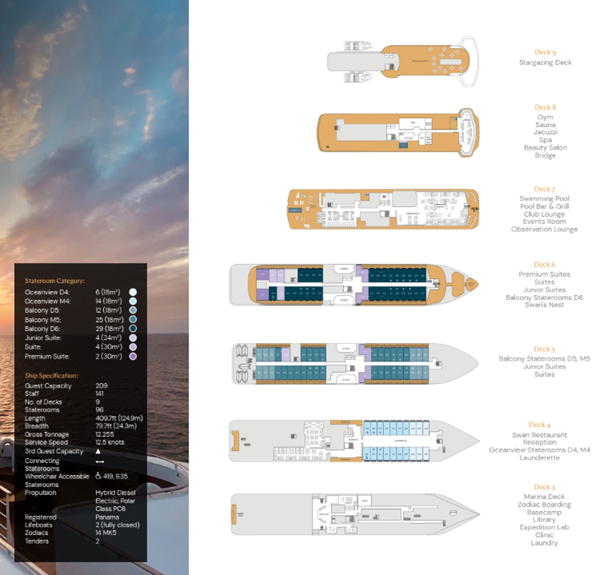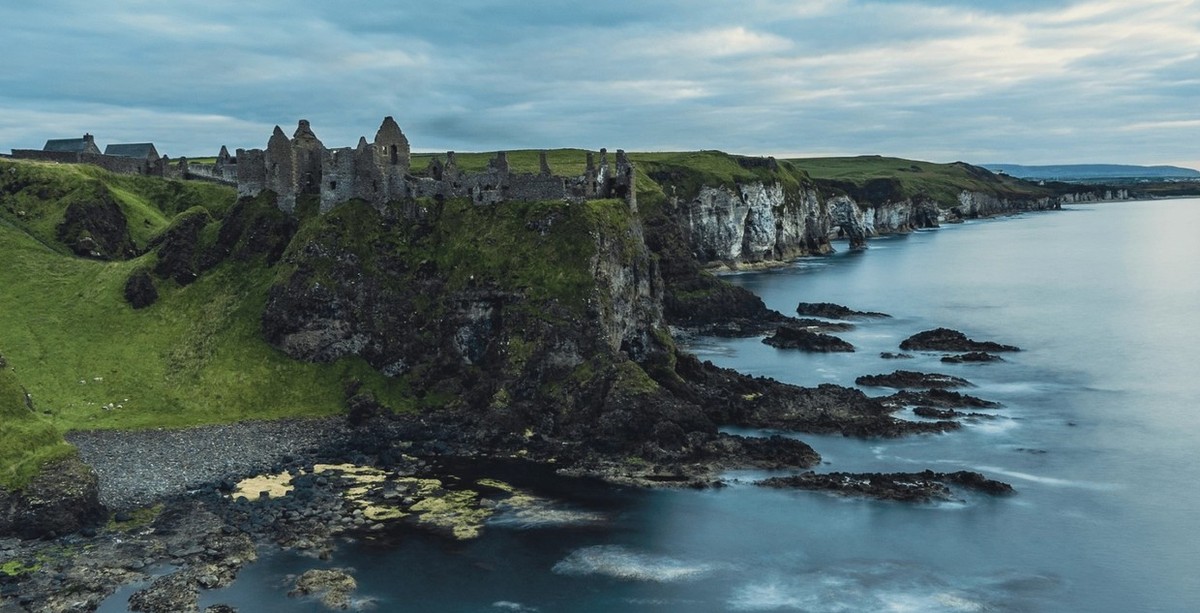
Embark on an unforgettable Iceland and British Isles luxury cruise, sailing from Reykjavik to Dublin. This journey takes you through some of the most captivating destinations in the North Atlantic, showcasing the natural beauty and rich history along the way. Starting in Reykjavik, the cruise passes through Heimaey, Djupivogur, the Faroe Islands, the Shetland Islands, the Orkney Islands, the Isle of Skye and Northern Ireland, before culminating in Dublin. Throughout this odyssey, travelers have the opportunity to explore stunning landscapes and cultural landmarks. Visit the Viking heritage of Reykjavik, witness the world's largest puffin colony on Heimaey, and marvel at the captivating art installation of Djupivogur. Torshavn and Tvøroyri in the Faroe Islands offer enchanting architecture and customs, while the Shetland Islands boast the breathtaking historic site of Jarlshof. Discover the ancient wonders of Stromness, enjoy the picturesque settings of Portree and soak in the legend of the Giant’s Causeway in Northern Ireland. On this luxury cruise, a variety of engaging activities await. Hike through the rugged terrains of the Faroe Islands and Northern Ireland, or kayak with the expedition team along Iceland's coasts. Each destination provides unique exploration opportunities, from unraveling the mysteries of medieval Orkney to uncovering the serene beauty of the Scottish isles.
- Step onto the Giant’s Causeway, a geological masterpiece by interlocking basalt columns.
- Travel back in time to Skara Brae, Europe’s best preserved Neolithic village.
- Experience the charm of Tórshavn, the Faroe Islands' cosy capital.
Availability is always subject to confirmation. Please check with us before booking flights
Prices quoted here are often dependent on currency fluctuations. Please check with (01432 507450 or info@small-cruise-ships.com) for the very latest price, which may well be cheaper than the one advertised here.
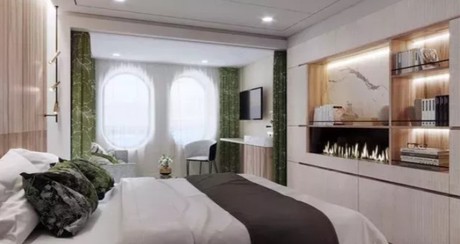
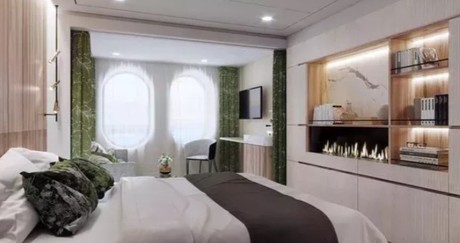
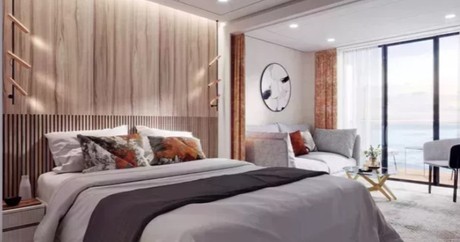
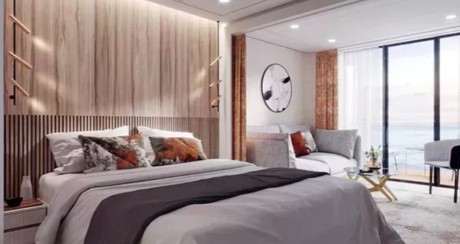
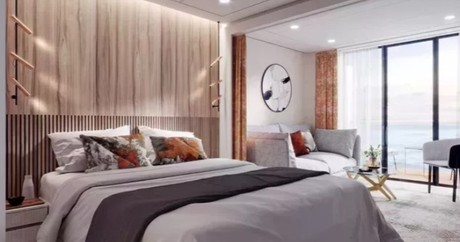
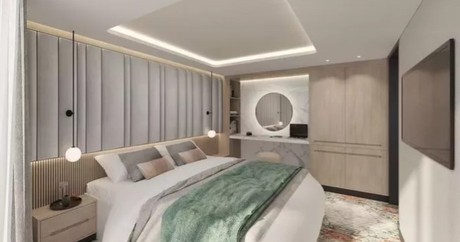
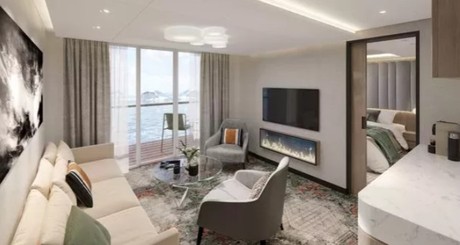
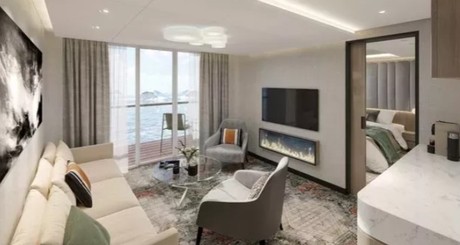
Make sure there is sufficient timeto explore this diminutive but dramatic capital city. Despite its small size, you won’t be short of things to see and do. To get your bearings, take the elevator to the top of Hallgrímskirkja. This church, designed by famed Icelandic architect Gudjón Samuelsson is one of the most distinctive buildings in town. When you return to earth, visit the city’s other renowned building Harpa Concert Hall, located at the heart of Reykjavík's regenerated harbour – also the home of the Maritime Museum. Speaking of cultural spaces, tour the National Museum to learn the story of Iceland from past to present. The Reykjavík Art Museum houses an impressive contemporary collection including eye-catching pieces by Erró. And, of course, just 50 kilometres outside the city lies Thingvellir National Park, the site of Iceland’s original Viking parliament.
Ten million Atlantic puffins make Heimaey, a 13-square-km island in the Westman Islands off southern Iceland, the largest puffin colony in the world from mid-April until the beginning of August. Despite a population of 4,000 people, puffins have even been spotted in the town of Vestmannaeyjar. The fascinating Eldheimar museum charts the story of the town’s devastation by lava from the Eldfell volcano in 1973. Nearby is Vestmannaeyjar Bird Cliff.
With Viking-era origins, Djupivogur, a tranquil fishing village with fewer than 500 residents, is renowned for its unhurried pace of life and the art installation 'The Eggs at Merry Bay,' featuring 34 granite eggs representing local bird species. Nearby, Vatnajökull National Park, covering 14 percent of Iceland, offers a wild expanse with Europe's largest ice cap, Vatnajökull Glacier, thundering glacial rivers and active volcanoes.
Cut adrift in the Atlantic, between Scotland and Iceland, the Faroes are a self-governing archipelago in the Kingdom of Denmark. On the southern tip of Streymoy, the largest of the 18 islands, the lively little capital of Tórshavn (Thor’s Harbour) charms with its rainbow-hued clapboard warehouses, grass-roofed wooden churches and the quaint old quarter, Tinganes. Off the radar for many, the Faroes are fast becoming known for their scenery.
Tvøroyri is the main port of Suðuroy, the southernmost of the Faroe Islands, founded in 1836. Once one of the largest towns and a key fishing hub, it now hosts a village museum, an art gallery, and the cultural centre SALT. Nearby, Hvannhagi, with its unique geological landscape and diverse flora, is considered ideal for a national park. Suðuroy, the only Faroese island with coal deposits, also offers tours of a working mine.
Lerwick, closer to Norway than mainland Scotland, is the Shetland Islands' capital and only town. This solid, stone-built port has a Dutch flair, with 17th-century Fort Charlotte reflecting its maritime past. At Shetland’s southern tip, the dramatic Sumburgh Head Bird Cliffs offer spectacular views and host thousands of nesting seabirds including puffins, guillemots and kittiwakes. Across the islands, around 1,500 tiny Shetland ponies roam freely.
Stromness is an 18th-century stone seaport, barely changed since Captain Cook's ships stopped in 1780. The Pier Arts Centre, housing modern art, is often called a "little seaside Tate." Just outside town, the Heart of Neolithic Orkney features sites like the Ring of Brodgar and Standing Stones of Stenness. Nature lovers can enjoy coastal walks with stunning views of Hoy Sound and the dramatic cliffs of nearby Hoy.
Portree is the largest town, capital and gateway to the Isle of Skye in the Inner Hebrides. Fringed by cliffs, its harbour, with a pier designed by engineer Thomas Telford, is surrounded by colourful homes. The jagged majestic Cuillin Hills, part of the MacLeod Estate, include a protected for various species of birds including the golden eagle. Nearby, Dunvegan Castle, ancestral seat of Clan MacLeod, reveals Skye’s rich past.
One of Britain’s most beautiful stretches of water, The Sound of Mull, between the Isle of Mull and the Scottish mainland, offers spectacular views with ancient castles, beaches and dramatic cliffs always on view. Distant mountain peaks, often shrouded in mist, add to the dreamlike scenery. Three lighthouses stand guard, including Rubha nan Gall Lighthouse, while a number of wrecks sit below on the seabed.
Nestled on Loch Linnhe's shores, Fort William is a hub for outdoor enthusiasts and wildlife spotting such as seals in Loch Linnhe and the gateway to Ben Nevis, the UK's highest peak, nearby. The Cromwell-built fort of 1654 survived a Jacobite siege in 1746. A plinth at its remnants marks the start of the 73-mile "Great Glen Way." The town's history is featured at the West Highland Museum, and the Ben Nevis Distillery is renowned for its whisky.
This small town is the gateway to Northern Ireland’s famous Causeway Coast, with clifftop walks and beaches. UNESCO-listed Giant’s Causeway, with 40,000 basalt columns, is the region’s top attraction, framed by the crashing Atlantic on one side and towering cliffs on the other. Swan Hellenic guests visit early morning before it opens, experiencing its raw beauty in peace - but is it shaped by volcanic forces or legendary Celtic giants?
Set in the middle of the Irish Sea, the Isle of Man is a self-governing kingdom designated a biosphere reserve by UNESCO. Horse-drawn trams run along the seafront promenade and nearby is the Manx Museum, home to an extensive collection of artefacts documenting the history of the island. The ruined 11th-century Peel Castle is located on the island’s west coast. Renowned for the T.T. Motorbike Races, the north hosts the Isle of Man Motor Museum.
Dublin, capital of Ireland, seamlessly blends grit and beauty with Georgian squares, parks and canals. It boasts a rich literary heritage, home to renowned writers like Oscar Wilde and James Joyce. Literary attractions include Trinity College Library, housing the 9th-century Book of Kells, and the James Joyce Centre. The vibrant pub culture, with landmarks like the Guinness Storehouse and Temple Bar, adds to its lively charm.
Itineraries are subject to change.
Diana
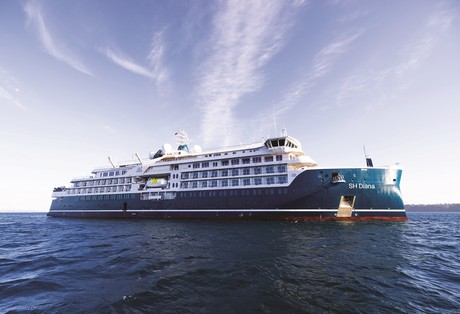
| Length | 125 metres |
|---|---|
| Launched | 2022/23 |
Launched in 2023, SH Diana provides elegant and spacious 5-star accommodation for 192 guests in 96 spacious staterooms and suites, the vast majority with large balconies. Operated by an onboard team of 140 she provides a high level of personal service, exploring the Mediterranean and its famous sites of antiquity.
Now sit back, relax and take a moment to get to know this amazing new ship, purpose-designed for our unique cultural expedition cruises.
Named after the Ancient Roman goddess of light, the moon, hunting and the wilderness, SH Diana been specially designed for worldwide cruising to explore the most inspiring and inaccessible places on earth. Building on the outstanding amenities of her sister ships, she adds a dedicated Multifunctional Room next to the Observation Lounge, a Private Dining Room for special occasions, and two tenders which bring guests a comfortable alternative to Zodiacs for expedition landings. A Polar Class 6 ice-strengthened hull combines with extra-large stabilisers to make your journey as comfortable as possible.
SH Diana has been designed for immersive experiences, with extensive outside deck areas, multiple observation points and bright, open and relaxing public spaces with unobstructed views.
The pleasure and safety of our guests is paramount at all times, cared for by our attentive crew and seasoned expedition leaders. Cutting edge hygiene technology protects the health of all on board to the highest standards and includes air conditioning with UV sanitisation systems.
SH Diana’s 96 staterooms , including 11 suites, are each a superbly comfortable home from home and all feature panoramic sea views, a flame-effect fireplace, original works of art, plush couches, premium pocket sprung mattresses, en-suite bathrooms with glass-enclosed rain showers, and Egyptian cotton towels, bathrobes and sheets. A pillow menu offers customised head and neck comfort during rest, while a large flat screen TV, espresso machine with Illy premium coffee, tea making facilities with the finest Kusmi teas, and a minibar with refreshments enhance relaxation at any time. In-room dining is of course available at all hours.
Wheelchair access
Guests who use wheelchairs must bring their own, as we have only a small number of wheelchairs stored onboard for emergencies. To ensure ease of movement on the ship, wheelchairs and mobility aids must be no wider than 65cm. All mobility or medical equipment brought on board must be capable of being carried safely and must be declared before sailing. To ensure that all guests can safely evacuate during an emergency, guests requiring a wheelchair can only be accommodated in our ADA-accessible cabins.
We offer an Oceanview and a Balcony stateroom on Diana. These staterooms are specifically designed to be completely ADA compliant and have a fully operable wheelchair-access wet unit.
Diana has two lifts, serving every passenger deck apart from the Stargazing top deck, which is, therefore, more difficult to access, as are the Aft Marina and Swan’s Nest forward observation platform. Also, we don’t have special equipment to access the swimming pool, jacuzzi, or sauna. Otherwise, the ship is entirely at your disposal.
Many of the expeditions ashore in remote places are by Zodiac. Boarding these boats and returning aboard can present challenges for wheelchair users, as can navigating uneven terrain. These challenges are by no means always insurmountable, though, and our highly experienced crew is trained to provide reliable advice and assistance. They will make every effort to ensure wheelchair-using guests enjoy a memorable experience at each destination. Our general guidance, however, is to recommend wheelchair users travel with a companion for their ease and enjoyment.
If you prefer to remain aboard, our panoramic interiors and ample open decks ensure an immersive, intimate experience of your inspiring surroundings.
Deck plans are for illustrative purposes only – The actual ship and cabin layout may differ.
